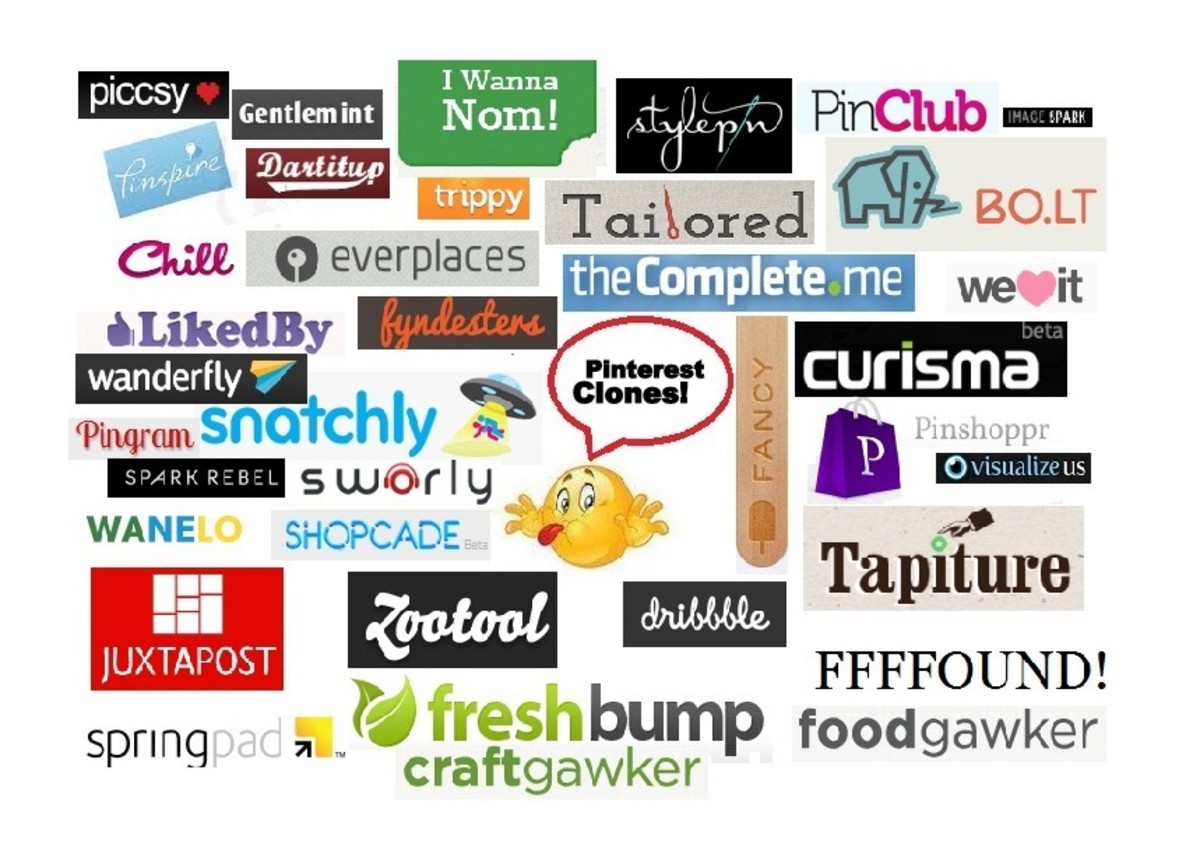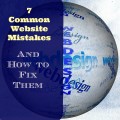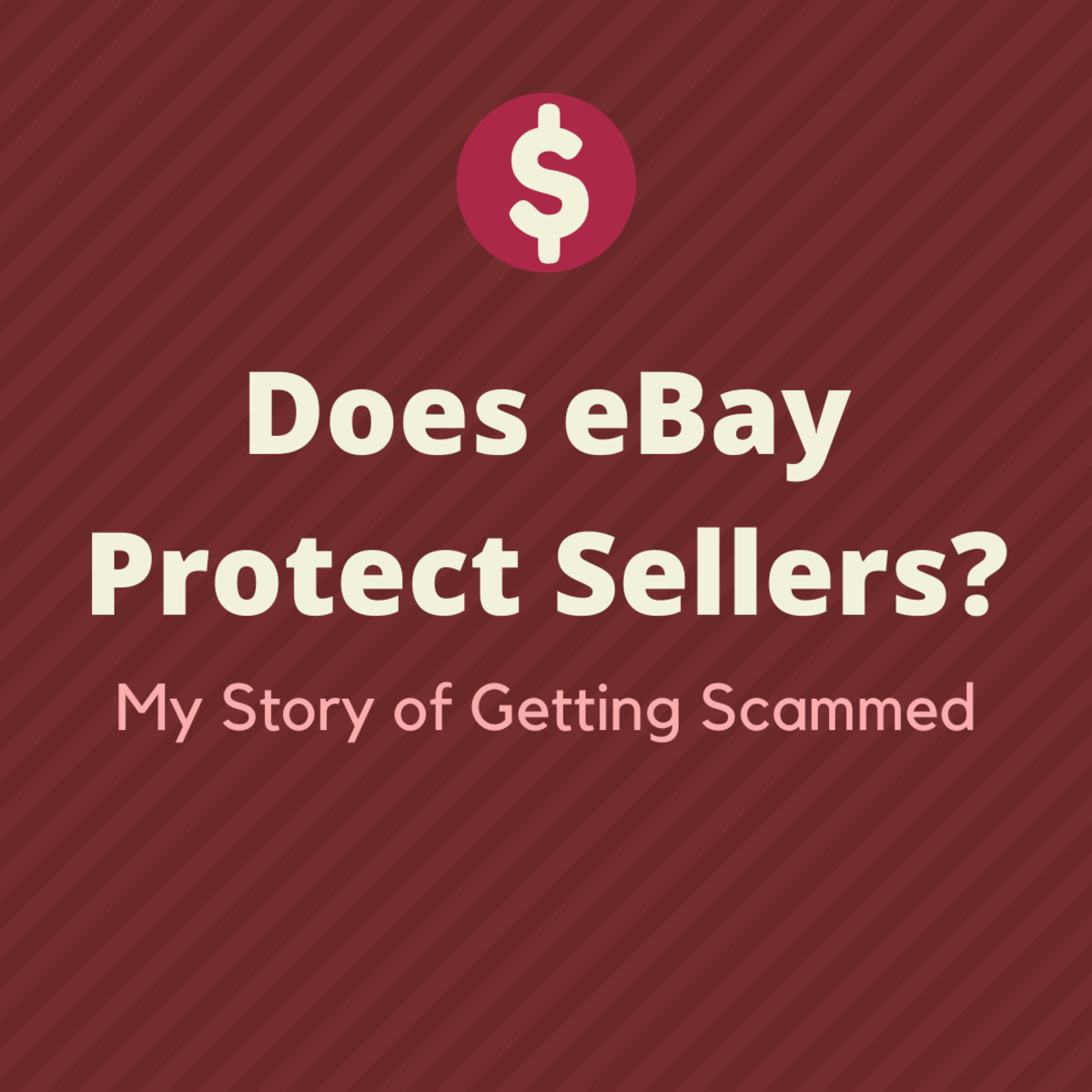Mobile Buy Buttons on Ads Set to Boost Direct Online Sales from Mobiles
Generating revenue from mobile impressions and click throughs has been problematic, despite the the dramatic increase in mobile traffic vs PC traffic. Mobile ready, responsive ads have only appeared recently. Users get very frustrated when trying to order goods online because it is harder to 'click' on links and to enter text for passwords etc. Some people do their research when shopping using their mobile phone, but then wait until they get back home to order the goods on their PC.
Studies have shown that clicks from mobile ads become sales 84 % less often than clicks on desktop websites form the same company. 'Buy Buttons' are about to change all this.
These buttons are linked credit card information and delivery address data stored by the supplier. "One-click Ordering' using 'Buy Buttons' means that one click orders the goods, makes the payment and organises the shipment. Amazon has been doing this for years. Several companies including Google, Twitter, Facebook and Pinterest are quickly working to catch up with options for simple 'Buy Buttons. It is rather like 'Wave and Pay' and similar methods for making card payments at supermarkets or gas stations. This article discusses how 'Buy buttons' work and how they will boost online sales.
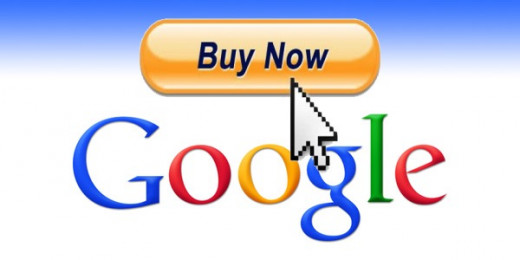
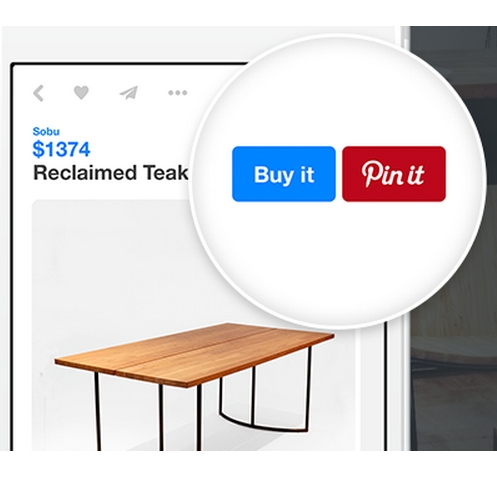
Mobile 'Friction' Downsides for Users
The term “friction,” refers to any inconvenience, delay or impediment, no matter how small, that may interfere of lessen the likelihood that a person will buy the goods. Mobile devices, with their small screens, and the myriad of poorly designed websites and apps, are classic sources of 'friction'.
Customers want to do less typing, less tapping on tiny links, less scrolling up and down and less zooming in an out to buy things. What users want is to buy things with a simple tap on a 'buy button'. Some mobile apps are good examples of what needs to be provided. Such apps such as the Amazon app create a secure closed system where uses log in and their credit cards details held on file can be used for ordering. But these applications are limited and don't help if you want to order goods from random websites that you find when searching for products and services online.
Research has shown that shoppers have trouble seeing or finding products on a small smartphone screen, and get frustrated when clicking through payment options, entering credit card details, address and shipment forms.
Part of the problem is that many companies do not adopt 'Mobile first' website designs and their responsive designs do not work very well on mobiles. Navigation was poor, links were hard to click on or follow, and the sites do not really provide what users want. A pizza site should instantly display how to order pizzas via buy buttons, rather than requiring the user to go to a home page, click 'order' and then have to struggle though ordering, delivery and payment details. Site owners have to a lot more than make their pages squeeze down to a smaller screen size.
Apps and Mobile Ads with Buy Buttons
Data from Google has shown that mobile search traffic exceeds desktop traffic in 10 countries, most notably including the United States. Further, for the first time this year, money spent on mobile search exceeds that spent on desktop search. So the need for 'buy buttons' is clearly identified and could double 'click through rates' for mobile devices.
Pinterest’s new “buyable pins” will work this way:
► People enter their credit card numbers into the Pinterest app,
► People enter their shipping details into the same app.
► When these people see something they want to buy, they click “Buy it”
► The software behind the app tells the retailer to collect payment using that credit card or the
► Apple Pay or similar services
► The payment is confirmed and the retailer ships it.
There is a new 'Shop our picks' category on the Pinterest app which provides access to the latest Buyable Pins. This includes brands such as Macy’s, Nordstrom, Neiman Marcus, Demandware and Shopify stores. Pinterest aims to have 30 million pins become buyable as the first step.
Pinterest has developed Promoted Pins or ads, that are only available in USA. You sign up and pay for each engagement (repin, a closeup or a click) on your Pin.
Google recently released new ad formats for hotel booking that allow people to book directly using a buy button. This tool is expected to be expanded to a wider range of product ads in the near future with "Buy" buttons being placed alongside mobile search ads. In the future, a buyer will be able to complete their purchase or organise delivery within Google, without having to navigate to the sellers’ websites. Sellers may lose some brand exposure due to this, but the boost in sales will more than overcome this disadvantage. This development may also help Google and advertisers claw back some of the competition from Amazon and Alibaba.
Watch out for future developments for "Buy Buttons".
Google 'Buy Now' Buttons
Google recently released new ad formats for hotel booking that allow people to book directly using a 'Buy Now' button. This tool is expected to be expanded to a wider range of product ads in the near future with "Buy Now" buttons being placed alongside mobile search ads. In the future, a buyer will be able to complete their purchase or organise delivery within Google, without having to navigate to the sellers’ websites.
The main reason Google is launching these 'Buy now' buttons is to help improve mobile conversions and not to compete against retailers.
Sellers may lose some brand exposure due to this, but the boost in sales will more than overcome this disadvantage. This development may also help Google and advertisers claw back some of the competition from Amazon and Alibaba.
Watch out for future developments for "Buy Buttons".
© 2015 Dr. John Anderson





